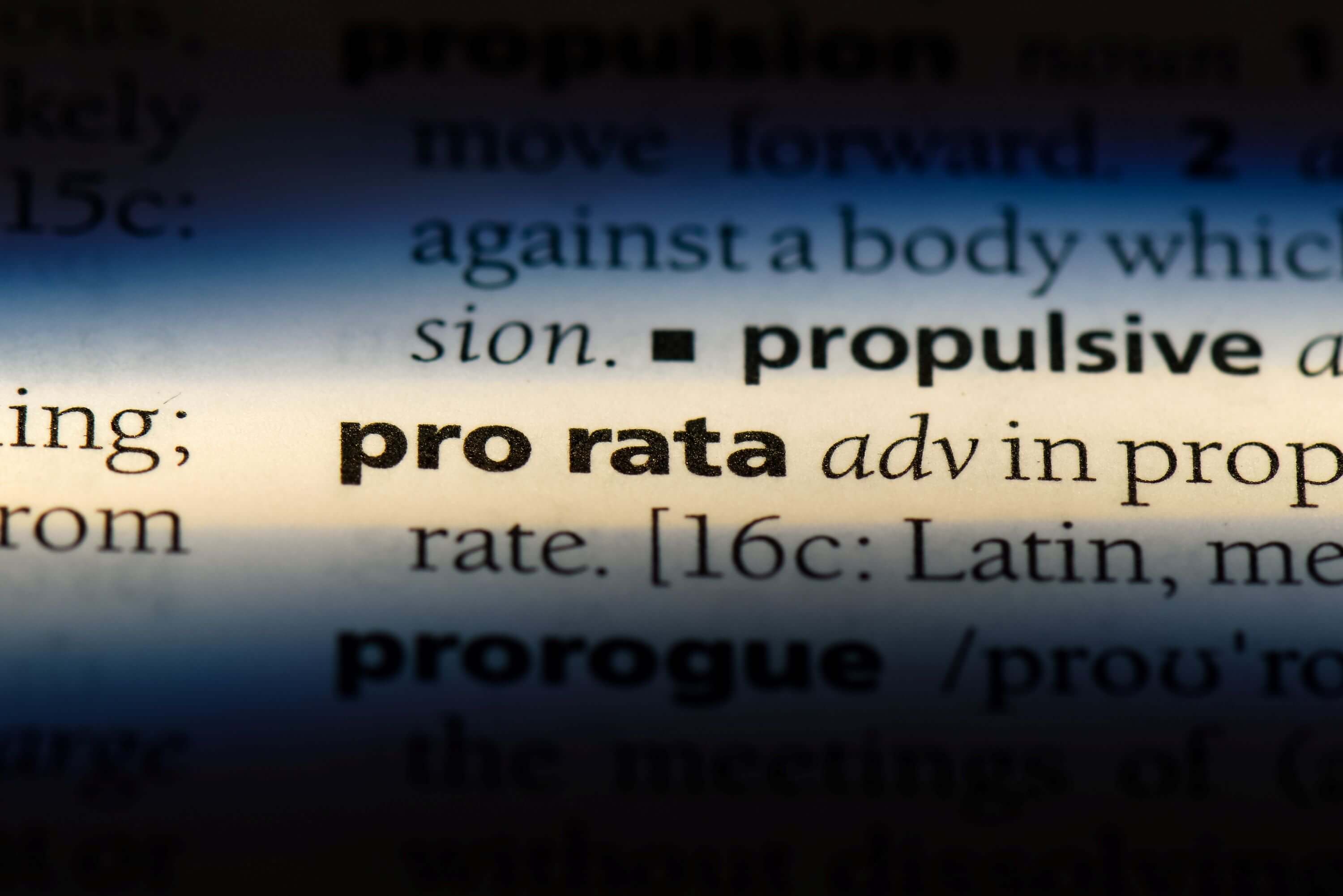Pro rata is short for ‘proportional’, which is ‘in proportion to’ or ‘a portion of’ an overall value.
Within an employment setting, job applicants may come across ‘pro rata pay’ when applying for a new role.
It relates to an employee’s potential salary of the position in question when they’re working either part-time or if they join the organisation mid-way through the year.
In this piece, we define pro rata and explore the process for allocating holiday entitlements per annum pro rata.
What is pro rata?
The Latin word ‘pro rata’ when translated to English means ‘proportional’.
So a pro-rata definition is - the process of dividing an object into equal portions depending on an individual’s share of the overall object.
While this term is most commonly seen in the employment setting, it’s also used to calculate insurance premiums, interest rates etc.
So, what is a 'pro-rata basis'? It’s the proportion upon which you calculate pro rata. It applies to the distribution of a sum across a number of units.
For example, when you give something to a group of people on a pro-rata basis, it involves assigning a value to each person depending on their share of the whole thing.
What is pro rata salary?
It’s the proportion of the total salary of a full-time employee that a part-time staff in the same role receives. It’s dependent on the total number of hours worked.
Within the work setting, we use pro-rata meaning the proportion of something. Be it salary, holiday allowances or maternity pay.
As a pro rata example, you have a full-time employee working 40 hours a week and another on part-time working 30 hours a week. While both may be on £30,000 per annum, the part-time staff’s pay is on a pro rata basis.
This means, to work out pro-rata pay, the full-timer (on 40 hours a week) gets the whole £30,000 annually while the part-time staff (on 30 hours a week) receives a proportion of said amount. In this case, their annual pro rata payment will be £22,500. All calculations must be shown on a payslip.
Pro rata holiday entitlement
Although calculating a full-time employee’s holiday entitlement is pretty straightforward, it gets a bit complicated when considering the holiday allowance for a part-timer or a member of staff that’s joined the organisation mid-year.
Pro rata for holiday entitlement relates to the number of paid annual leave days a part-time employee receives.
While all staff members have the right to a statutory minimum of 5.6 days (which amounts to 28 days for your full-time staff who work five days a week) paid annual leave, you’ll need to calculate the entitlement for your part-time staff or those that began employment mid-year.
With regards to bank holiday entitlements, similar to your full-time staff, your part-time staff have no statutory rights to paid bank holiday leave.
It’s worth noting, you should treat both types of employees equally and fairly. So if you allow one group of workers to have paid leave, you should allow the other group to have the same.
Expert support
Have questions about pro-rata pay? Our award-winning team can help with anything from risk assessments to pro-rata or maternity pay calculators. Speak to a Croner expert for any employment law issue today on 0808 145 3380.
Related resources
Categories
- Business Advice
- Culture & Performance
- Disciplinary & Grievances
- Dismissals & Conduct
- Employee Conduct
- Employment Contracts and Documentation
- Employment Law
- Employment Rights Bill
- End of Contract
- Equality & Discrimination
- Health & Safety
- Hiring and Managing
- Leave & Absence
- Managing Health & Safety
- Moving
- Occupational Health
- Pay & Benefits
- Recruitment
- Risk & Welfare




